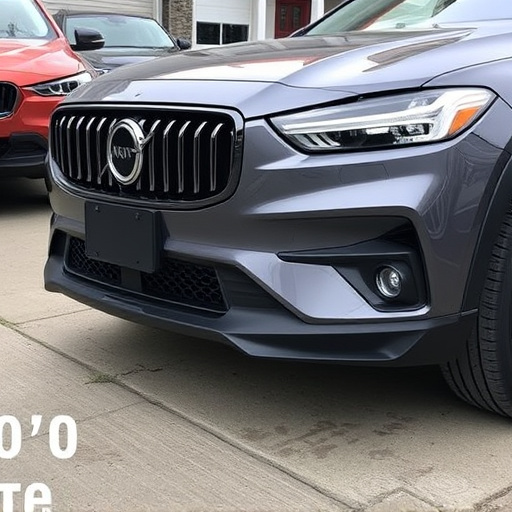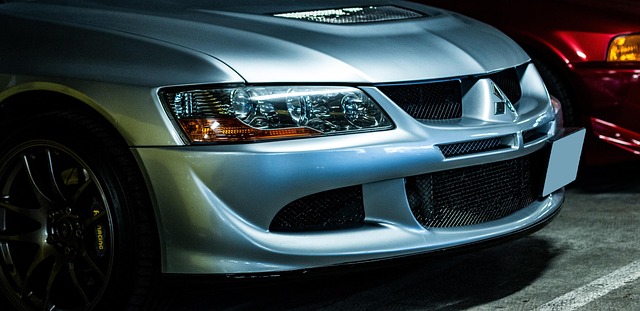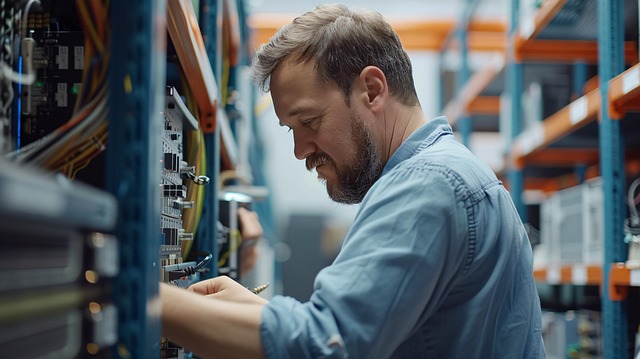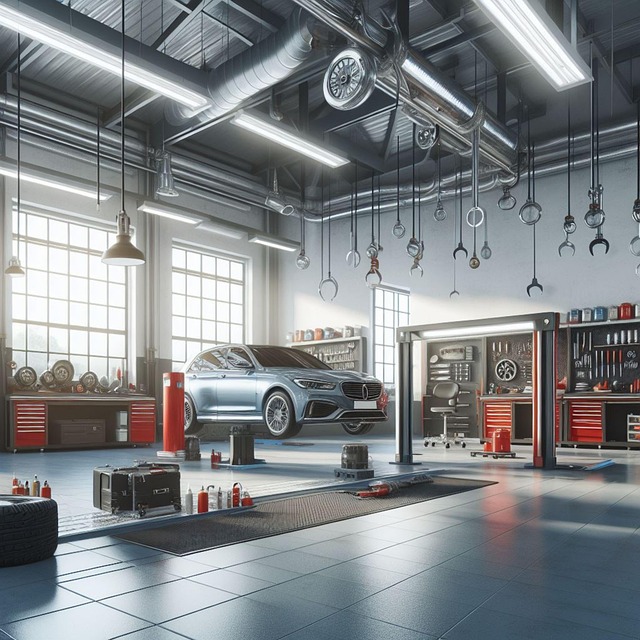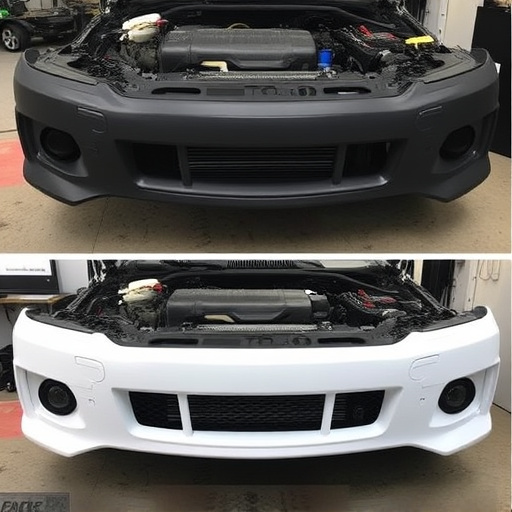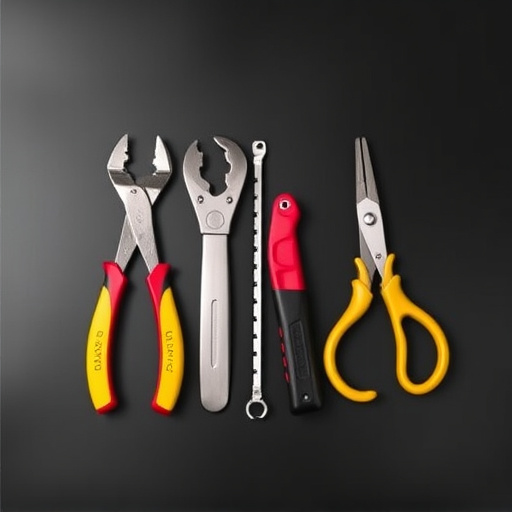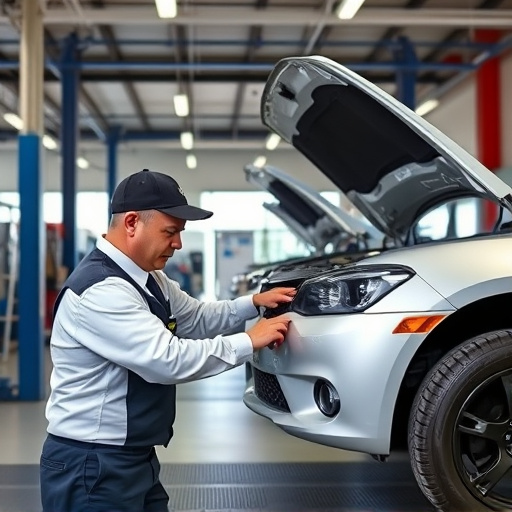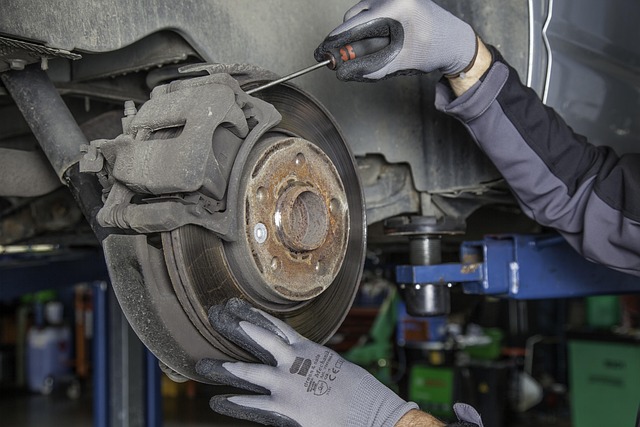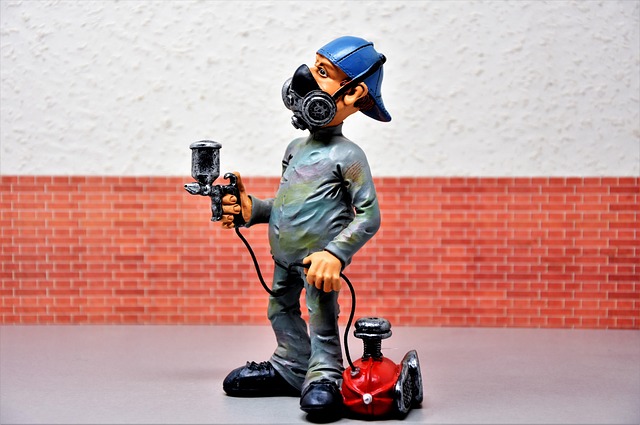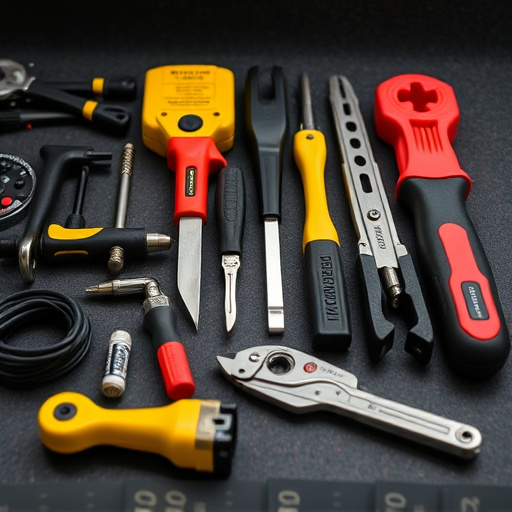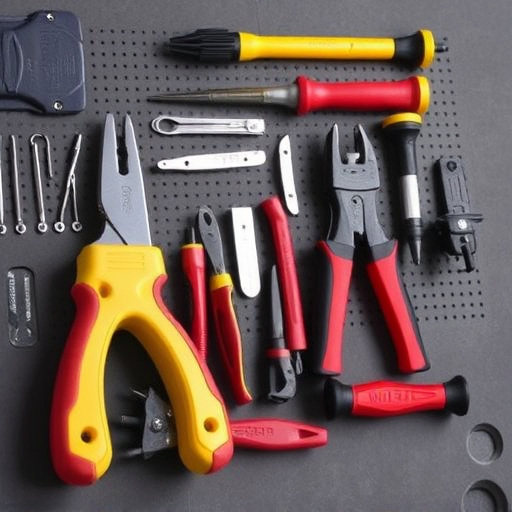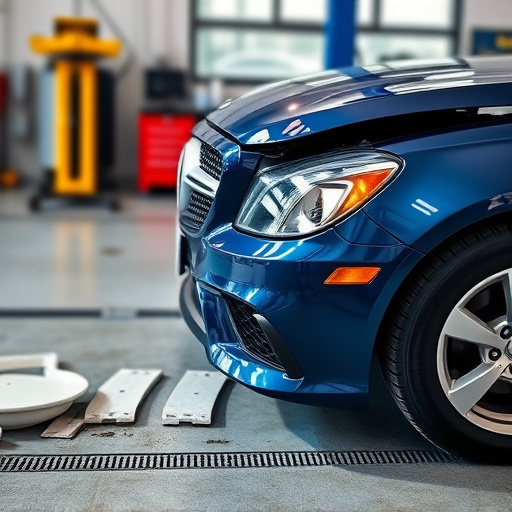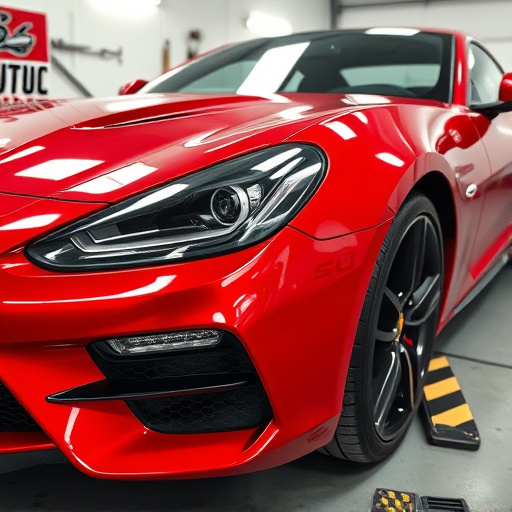In automotive collision repair, the radiator is a crucial component for engine performance and temperature regulation. Collision centers must address common issues like leaks, corrosion, or age-related damage using specialized techniques. High-speed collisions often cause severe dents, cracks, or complete failure of the radiator core, requiring meticulous attention to detail during repair. Efficient radiator collision repair involves thorough inspection, systematic demontage, cleaning, testing, and final integration for optimal performance, ensuring vehicle safety and top-tier collision repair standards.
In the realm of automotive collision centers, efficient radiator repair techniques are paramount. This article delves into the intricate world of radiator maintenance from a collision center’s perspective. We’ll explore fundamental radiator basics and uncover common causes of damage in vehicle collisions. Furthermore, we provide a comprehensive step-by-step guide to ensure skilled radiator collision repair, enabling professionals to promptly restore vital cooling systems. Master these techniques for optimal vehicle restoration.
- Understanding Radiator Basics: A Collision Center's Perspective
- Common Causes of Radiator Damage in Vehicle Collisions
- Step-by-Step Guide to Efficient Radiator Repair Techniques
Understanding Radiator Basics: A Collision Center's Perspective
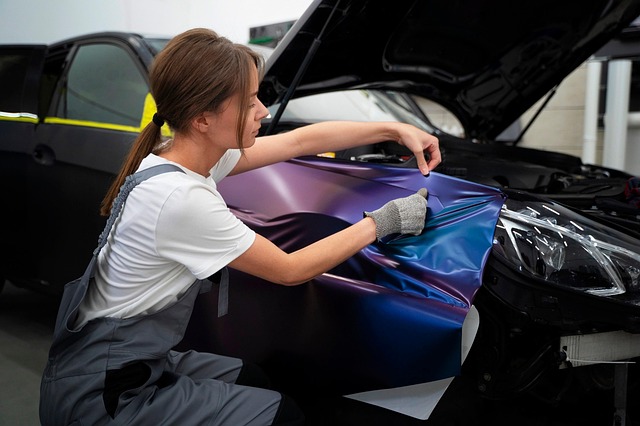
In the realm of automotive collision repair, the radiator stands as a vital component, playing a crucial role in maintaining optimal engine performance and temperature regulation. From the perspective of collision centers, understanding the basics of radiator function and common issues is essential for effective repairs. A car collision repair often involves more than just fixing external dents; it entails meticulous restoration to ensure the vehicle’s internal systems are in harmony post-accident.
Collision centers are equipped to handle various radiator problems, from leaks caused by impact damage during a car collision repair to corrosion and failure due to age or poor maintenance. By employing specialized techniques, these centers can effectively address these issues, ensuring the repaired vehicle not only drives smoothly but also maintains efficient cooling systems—a key aspect of any auto painting and car body restoration process.
Common Causes of Radiator Damage in Vehicle Collisions

In vehicle collisions, radiators often sustain significant damage due to the proximity of this vital component to other parts that can be affected during an impact. High-speed crashes, especially those involving frontal or side collisions, can lead to severe dents, cracks, or even complete failure of the radiator core. Debris from shattered components or fractured body panels can pierce the radiator’s casing, causing internal damage and potential leakage. Additionally, the force exerted on the vehicle during a collision can cause misalignment or separation of coolant lines, further complicating the issue.
Another common cause is heat-related stress, as continuous operation under extreme conditions can weaken the material over time. This is particularly relevant in regions with hot climates or for vehicles that frequently endure prolonged exposure to high temperatures (e.g., during towing or long-distance travel). Unlike some other auto body parts, radiators are less likely to suffer visible dents from minor fender benders but may develop internal weaknesses that go unnoticed until more severe damage occurs. This underscores the importance of professional radiator collision repair services in ensuring both the vehicle’s safety and optimal performance. Body shop services specializing in radiator repair and replacement, alongside complementary auto dent repair or paintless dent repair techniques for other components, play a crucial role in restoring vehicles to their pre-accident condition.
Step-by-Step Guide to Efficient Radiator Repair Techniques

Efficient radiator collision repair is a critical process that requires meticulous attention to detail. Here’s a step-by-step guide for collision centers aiming to streamline this procedure:
1. Inspection: Begin by thoroughly inspecting the damaged radiator, identifying cracks, leaks, or corrosion. This initial step is crucial as it dictates the extent of the repair and necessary replacement parts.
2. Demontage: With the knowledge gained from inspection, carefully disassemble the radiator, detaching any connected hoses and lines. A systematic approach ensures that each component can be accessed and repaired individually, minimizing downtime for auto maintenance.
3. Cleaning and Drying: Clean the damaged area using specialized automotive cleaners to remove grease, dirt, and debris. This step is vital to prevent impurities from interfering with new parts or sealing agents during reassembly. Ensure the radiator is completely dry before proceeding.
4. Repair or Replacement: Assess whether the radiator can be repaired or if replacement is more feasible. Small cracks might be suitable for repair using specialized adhesives, while extensive damage may require a full-scale replacement, ensuring proper fitment and alignment with car body restoration standards.
5. Reassembly and Testing: Reassemble the radiator, reattaching hoses and lines securely. Before installation in the collision repair center’s workshop, conduct thorough testing to verify for leaks or functionality issues.
6. Final Inspection and Quality Assurance: Once installed, perform a final inspection of the entire system, including the car body restoration process, to ensure seamless integration and optimal performance. This step is key to upholding the high standards expected in top-tier collision repair centers.
Collision centers play a vital role in efficient radiator collision repair, utilizing specialized techniques to address common damage caused by vehicle accidents. By understanding the basics of radiator functionality and implementing step-by-step repair methods, these centers ensure vehicles return to the road safely and reliably. Embracing these techniques not only facilitates faster turnarounds but also enhances customer satisfaction, making radiator collision repair a critical component of modern automotive services.
